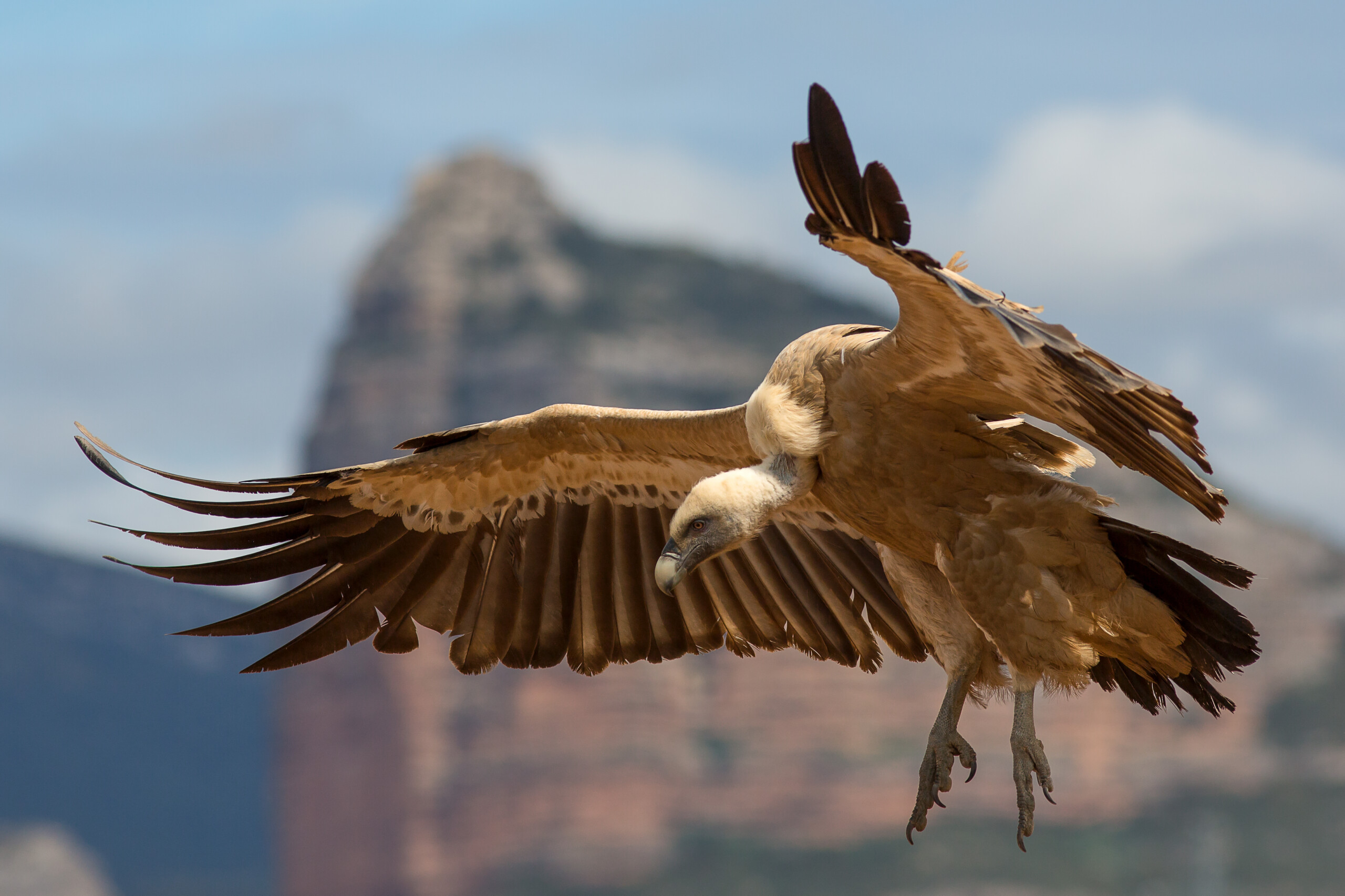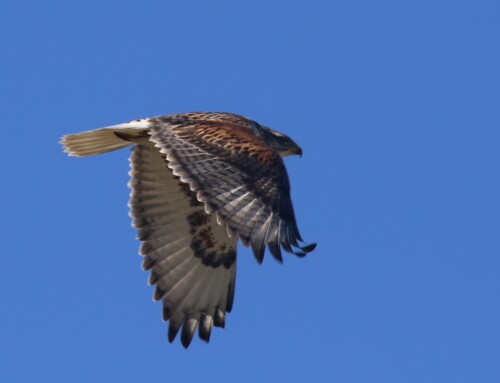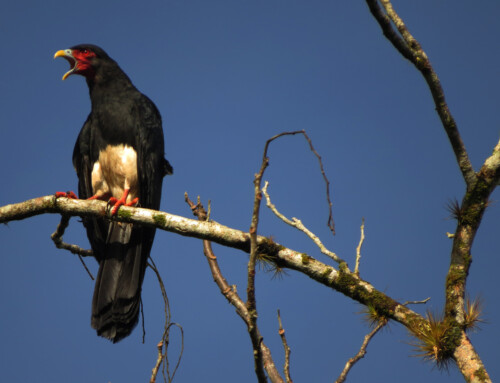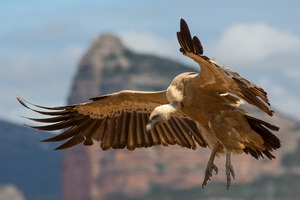 LINKED PAPER
LINKED PAPER
Social situations differ in their contribution to population-level social structure in griffon vultures. Sharma N., Anglister N., Spiegel O. & Pinter-Wollman N. 2023 Ecology and Evolution. doi: 10.1002/ece3.10139 VIEW
You finish your day’s work, where you interact with your co-workers, and go to have dinner with some friends. Then you go home where you meet your partner. Each of these social interaction contributes differently to your social life, and each interaction carries some unique benefits and costs. For instance, you are more likely to get relevant professional information from your co-worker (or a sexually transmitted disease from your partner…).
When it comes to wildlife ecology, we already know that animal social networks are very important for information and disease flow, and for other aspects of their lives, ultimately affecting individuals’ fitness. For instance, direct observations on African Spotted Hyenas (Crotuca crotuca) reveal that their social network affects dispersal from the natal group (Ilany et al. 2015). While direct behavioral observations are important, they are predominantly applied to a small subset of large, group-living species, and provide partial data because observations are never completely continuous. Luckily, technological developments such as miniaturized GPS tags and proximity sensors, allow us to continuously track many animal species for long durations, to learn about their social lives and whereabouts. While information on the social position of animals is becoming abundant, we still know only little about the unique role that each interaction type (e.g., sleeping together or eating together; Figure 1) has in shaping the overall social network and structure of a society (Finn et al 2019).
To address this knowledge gap, here (Sharma et al. 2023) we studied Griffon Vultures (Gyps fulvus), asking how different social situations contribute to the global social structure of a population? We predicted that social situations with brief interactions, such as co-flying, will have a lower impact on the strength of social bonds compared to situations in which interactions are long, such as those that occur during shared roosting or on the ground (where this species feed or rest, and spend longer time periods than on the wing).
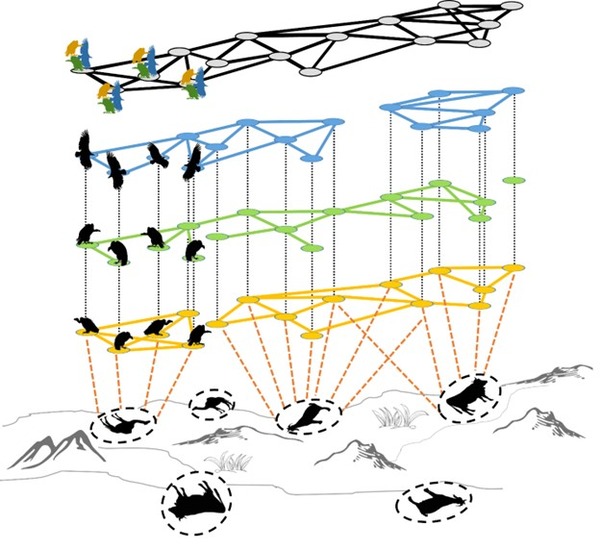
Figure 1 Social networks across multiple situations. A hypothetical example of social interactions among vultures in different social situations: co-flying in blue, nocturnal ground interactions, (i.e., co-roosting) in green, and diurnal ground interactions (e.g., co-feeding) in yellow. Solid lines within each social situation indicate interactions within the social situation (i.e. two individuals being within a threshold distance for a minimal duration). Black-dotted lines between social situations connect occurrences of the same individual. Dashed orange lines connect individuals to food sites. An aggregate network at the top, in gray, combines all interactions from the different social situations.
Vultures (in general) are obligate scavengers that are among the most threatened groups in the avian world. Their habit to use social information and aggregate at high numbers around large carcasses, where they scramble in a feeding feast, makes them very efficient foragers. On one hand their ability to rapidly consume carcasses sets them as important providers of a central ecosystem service – sanitation. On the other hand, the same habit makes them very susceptible for intentional and non-intentional poisonings and leads to various misconceptions and poor reputation (Lambertucci et al. 2021).
The Griffon Vulture (~6-8 kg, ~2.5 m wingspan; Figure 2) is a social species, that aggregates at communal roosts and at carcasses. Despite some successful reintroductions in western Europe – saving it from a threatened status – the Israeli population is considered regionally critically endangered. Accordingly, the Israeli Nature Protection Authority (INPA) operates a large-scale management program that we collaborated with. This program includes routine captures of free-ranging individuals for monitoring, an array of supplementary feeding stations, and other means, such as intensive observations, to conserve this declining population. This wildlife management program both facilitates the tagging efforts required for obtaining the data to address our questions, and highlights the urgent need to understand vulture movements and social behavior for improving the ongoing management efforts.
We GPS-tagged dozens of vultures (47 individuals were included in our final dataset after some pre-processing filters) at high temporal resolution (location fix every 10 minutes during the day). We focused on the breeding season, when vultures tend to remain local and don’t engage in long term foraging at remote countries, where limited coverage prevents assessing their social network. We then determined the vultures’ social interactions in three ecological situations: communal roosting, joint flights, and co-feeding, based on spatial proximity that we identified from the spatial position data obtained from the GPS tags. In our analyses, we also contrasted the findings with relevant null models, which allow us to determine if each particular finding is stronger than anything expected by chance.
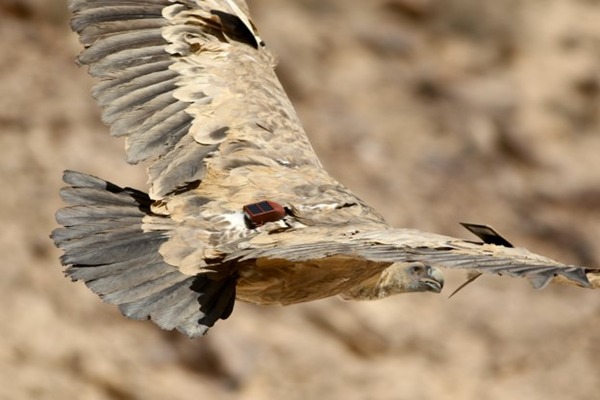
Figure 2 A Griffon Vulture (Gyps fulvus) carrying a solar GPS tag and wing tags © Tovale Solomon.
We found that the number of individuals each vulture interacted with was best predicted by diurnal interactions—both during flights and on the ground (largely when feeding). However, interactions while flying did not explain the strength of social bonds, that is, the number of interactions an individual has. The strength of social interactions was best predicted by interactions on the ground – during both the day, mostly while feeding, and at night, while roosting. Interestingly, none of these situations alone was a good predictor of an individual’s social position, a reminder that it is important to account for different social situations when investigating one’s social relationships (Figure 3).
Applications of our findings to the study and preservations of our focal population of endangered Griffon Vultures can include identifying which individuals are exposed to different types of information and risks – such as pathogens and poisonings. The prevalence of poisoning as the main mortality reason for griffons and many other vulture species (Anglister et al. 2023) highlights the importance of social foraging and of identifying the social situations that affect aggregations and individuals’ roles in the population’s social structure.
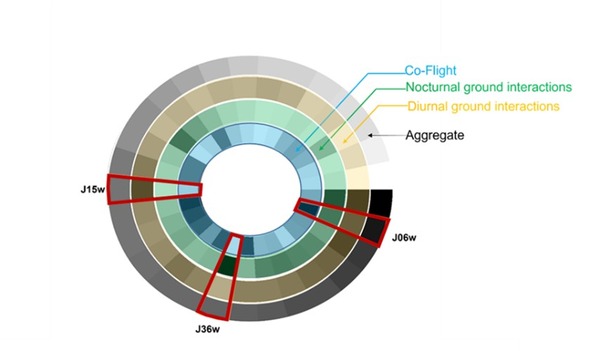
Figure 3 Individuals differ in their social position across social situations. Annular representation of the interaction strength of 29 tagged vultures in the breeding season of 2021. Three rings represent the three social situations: co-flight (blue hue), nocturnal ground interactions (green hue), and diurnal ground interactions (yellow hue). The outer ring represents the aggregate network (gray hue). Darker shades indicate a higher rank of interaction strength. Each slice in the ring corresponds to one individual. Some individuals may be important in one social situation but not in others. For example, of the three individuals that are highlighted, J15w has a strength that is highly ranked in the diurnal ground interactions but not in the other social situations. Similarly, J36w is highly ranked in the nocturnal ground interactions but not in other social situations. Finally, individual J06w is highly ranked in co-flight interactions but not in other situations.
More broadly, our study demonstrates how processes at the population level may emerge from individual interactions and local decisions. Considering social interactions within their ecological situation, and incorporating the differential impact that each situation has on social structure can uncover previously overlooked causes and consequences of animal social behavior. By incorporating the ecological situations in which social interactions occur we gain a more complete view of how social relationships are formed – so, next time to you have a social dinner with friends, think about vultures’ social interactions?
References
Ilany A, Booms AS, Holekamp KE. 2015. Topological effects of network structure on long-term social network dynamics in a wild mammal. Ecology Letters 18:687-695. VIEW
Lambertucci SA, Margalida A, Speziale KL, Amar A, Ballejo F, Bildstein KL, et al. 2021. Presumed killers? Vultures, stakeholders, misperceptions, and fake news. Conservation Science and Practice 3:1-10. VIEW
Finn, K. R., Silk, M. J., Porter, M. A., & Pinter-Wollman, N. 2019. The use of multilayer network analysis in animal behaviour. Animal Behaviour 149:7-22. VIEW
Anglister N, Gonen-Shalom S, Shlanger P, Blotnick-Rubin E, Rosenzweig A, Horowitz I, et al. 2023. Plasma cholinesterase activity: a benchmark for rapid detection of pesticide poisoning in an avian scavenger. Science of the Total Environment 877:162903. VIEW
Image credit
Top right: Gyps fulvus in flight – Spain © Pierre Dalous CC BY SA 3.0 Wikimedia Commons.
If you want to write about your research in #theBOUblog, then please see here.


